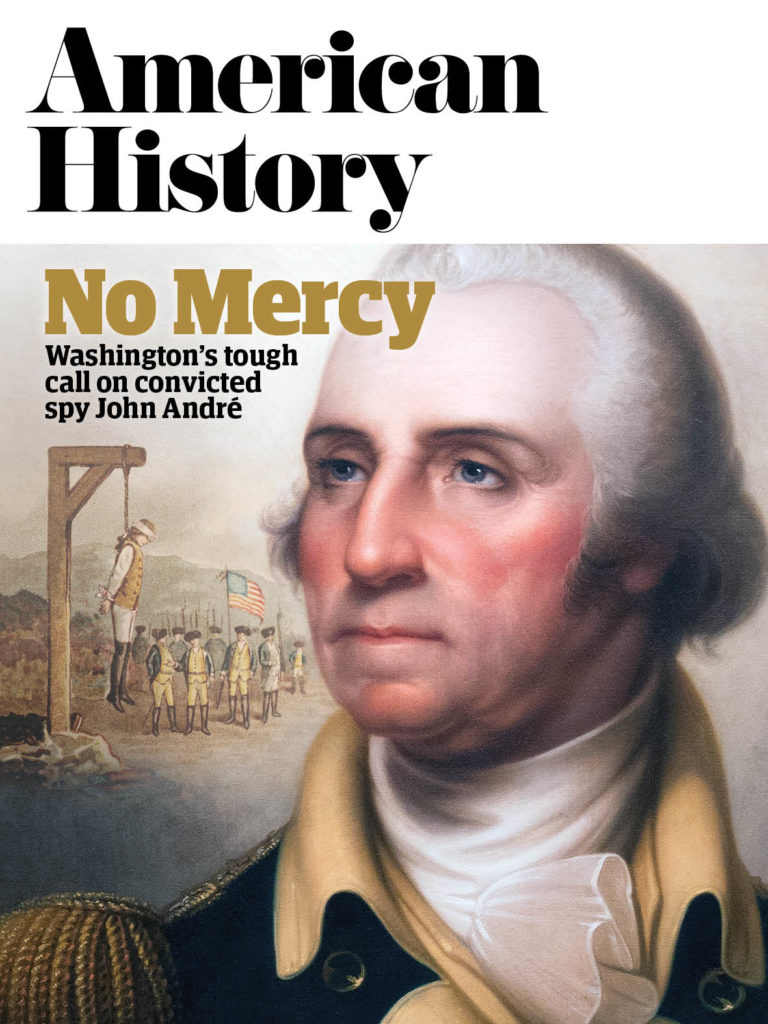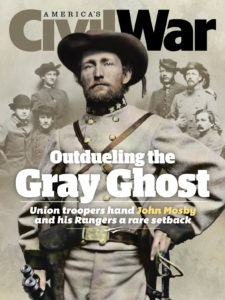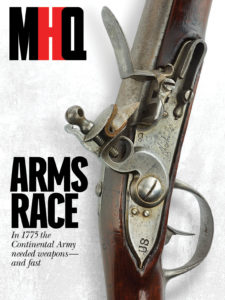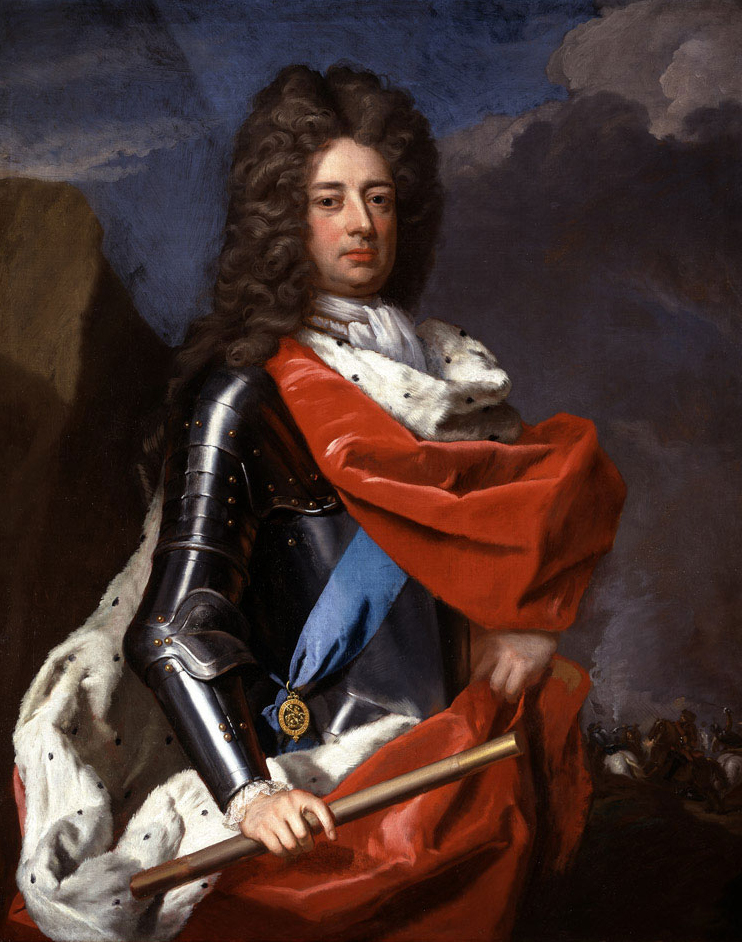John Churchill, the first duke of Marlborough, who died 300 years ago this year, is considered by some to be one of Britain’s greatest generals. He led what can only be described as a colorful life, gaining a formidable reputation before falling from grace but later restoring himself to favor. He is probably best remembered for his series of stunning victories against the French during the War of the Spanish Succession (1701-14), including the battles of Blenheim, Ramillies and Oudenaarde.
Early Life and Career
Born May 26, 1650, at Ashe in Devon, England, Churchill was the son of Sir Winston Churchill (ancestor of the British World War II leader Winston Churchill) and Elizabeth Drake. The Churchills were not a rich family, having been impoverished for their support of the Royalists during the British Civil Wars, but Winston later began to recover and enjoy a degree of influence at the court of King Charles II. This allowed John Churchill to similarly do well at court, although he would need to rely on a career in public service to satisfy his financial needs.
In 1667, the young Churchill joined the army as an ensign in Col. John Russell’s company of the King’s Own regiment. It is said that Churchill served in Tangier from 1668 to 1670, but no contemporary evidence has been found to corroborate this. However, during the Third Anglo-Dutch War (1672-74) he is known to have served aboard the 85-gun Royal Prince, taking part in the naval Battle of Sole Bay on May 28, 1672, off Southwold, Suffolk. In December the same year, he went with English troops to the continent to fight for the French King Louis XIV against the Dutch. Churchill distinguished himself in action at Maastricht before being appointed colonel of the English regiment. In October 1674, Churchill further distinguished himself at the Battle of Entzheim.
During the winter of 1677-78, Churchill secretly married Sarah Jennings, a close friend of Princess Anne, who would become queen in 1702. Anne would appoint Sarah a lady of the bedchamber, and Sarah’s influence at court would make her a powerful individual.
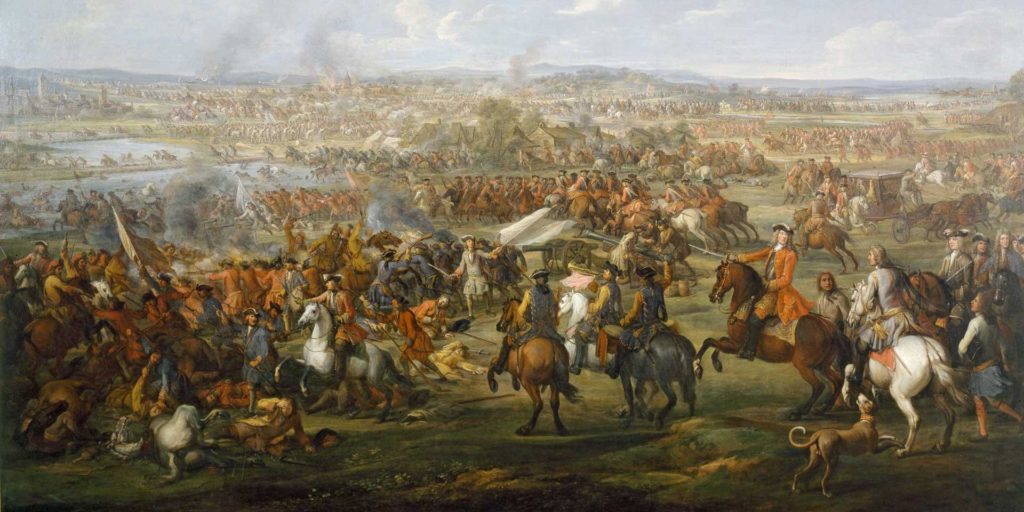
Switching Kings and Fall From Grace
When James II came to the throne, Churchill was promoted to lieutenant general and was made a peer of the realm. James II, who was Roman Catholic, was expelled in 1688, but Churchill managed to survive the subsequent political unrest by transferring his allegiance to the Protestant Dutch prince of Orange, who ascended to the throne as William III. The new king granted Churchill membership to the privy council in February 1689 and made him a gentleman of the king’s bedchamber. In April, two days before his coronation, William III further rewarded Churchill by creating him the earl of Marlborough. Marlborough would continue his military career under the king, serving in Flanders and Ireland.
Unfortunately for Marlborough, his life took a sudden turn for the worse. In late 1691, he was stripped of his appointments and, in May the following year, he found himself under arrest for high treason and imprisoned in the Tower of London. Marlborough was suspected of being involved in intrigues to restore James II to the throne, which was to be facilitated by a French invasion. However, after the French were defeated by an Anglo-Dutch fleet off Barfleur and La Hogue in early 1692, Marlborough’s situation began to ease. He was released from the Tower on bail for 6,000 pounds, but remained out of favor with the royal court and unemployed for the following three years.
In June 1698, King William restored Marlborough to favor, appointing him to the Privy Council and making him a cabinet minister. He was even made governor in the newly established household for Princess Anne’s son, the 8-year-old duke of Gloucester.
War of the Spanish Succession
In 1701, French King Louis XIV sought to stake his claim on the vacant throne of Spain and the nation’s vast empire. This, of course, meant war in continental Europe. William III, however, was now a sick man and had little time left. He turned to Marlborough to lead the campaign against Louis XIV and thwart the French monarch’s ambitions in Spain. Upon William III’s death in March 1702, he was succeeded by Queen Anne, who followed her predecessor’s wishes and sent Marlborough to the Continent. On March 9, Anne appointed Marlborough “Captain-General of her majesty’s land forces and commander-in-chief of forces to be employed in Holland in conjunction with troops of the allies.”
During Marlborough’s first campaign as commander of Anglo-Dutch forces, he captured the French fortress at Kaiserswerth in 1702 before clearing territory located between the Rhine and Meuse rivers. His reward was his elevation to duke of Marlborough and a grant of 5,000 pounds a year.
France, with assistance from Bavaria, launched an attack against the Holy Roman Empire while Austria’s forces were away campaigning on the Rhine and in Italy. Marlborough knew he needed to act fast to prevent the potential loss of the war. However, he also knew the Dutch would be unwilling to become embroiled in a campaign far away from their own territory. Marlborough therefore decided to attack on the Moselle River, then again in Alsace. He was able to take the formidable Schellenberg fortress on July 2, 1704, a battle that provided the allies with a place to cross the Danube into Bavaria at Donauwörth.
On August 13, Marlborough fought the battle for which he is perhaps best remembered today; the Battle of Blenheim. There Marlborough displayed his brilliance in tactical command, although it proved a bloody affair, with Marlborough’s army suffering around 12,500 casualties, while those suffered by his enemy are said to have been around 13,000 killed or wounded and more than 14,000 taken prisoner. Following the clash at Blenheim, Marlborough returned to the Netherlands and took Trèves in September and Trarbach in December. The French had by now lost the initiative and were put on the defensive.
By 1705, Marlborough was ready to exploit his successes against the French of the year before. However, neither the Dutch nor the Austrians were keen to continue fighting, so Marlborough was unable to proceed as he would have liked. Louis XIV, who was looking to end the war, knew he could only negotiate terms from a position of strength, so he needed to regain the initiative on all fronts.
The French therefore challenged Marlborough’s army near Ramillies, in the Spanish Netherlands, on May 23, 1706. The ensuing battle saw the Dutch absorb much of the fighting while Marlborough himself narrowly escaped. Nevertheless, the Grand Alliance dealt the French a severe defeat. The allies suffered fewer than 4,000 casualties, while the French lost an estimated 6,750 killed and 8,250 captured.
Marlborough’s follow-on victory over the French at Oudenaarde on July 11, 1708, secured him a place in Britain’s pantheon of military heroes.
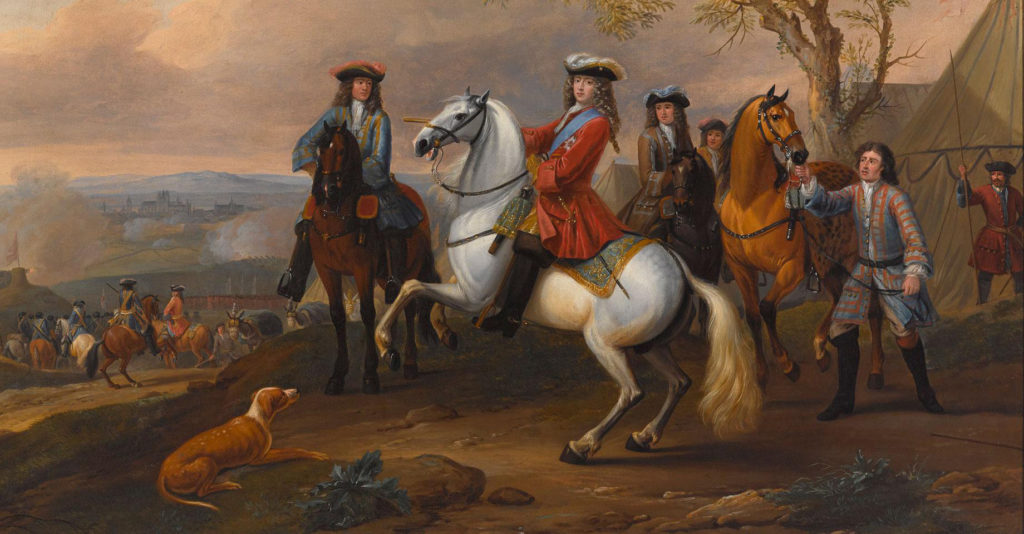
Political Life
In addition to his successful military career, Marlborough also wielded significant political influence at home. Much of this was largely thanks to his marriage to Sarah, who was a key companion to Queen Anne. Anne had been happy to leave military matters to Marlborough while also relying on Sidney Godolphin, the earl of Godolphin, whom she had appointed lord treasurer.
Marlborough and Godolphin were both Tories and supporters of the crown. They allied themselves with other Tories — including Robert Harley, later the first warl of Oxford and the Earl Mortimer — to gain the backing they needed to continue the war against France.
However, as many old Tories left government, Marlborough and Godolphin were forced to turn to the Whigs for support for the war. Sarah Churchill even began to advocate an alliance with the Whigs. However, Anne intensely disliked the leaders of the Whigs, and Sarah’s influence soon declined. To make matters worse, Harley was dismissed from his post as Northern secretary in early 1708 following a political crisis. Marlborough and Godolphin were then virtually dependent on the Whigs for political support.
Anne was increasingly disdainful of both the Marlboroughs and the current government, and she dismissed Godolphin in 1710. Marlborough continued to command the army on the continent but found himself increasingly isolated before himself being dismissed in December 1711 on charges of misuse of public money.
Later Life
After his dismissal from the army command, Marlborough retired from public life. Queen Anne died in August 1714 and was succeeded by George I. The new king restored Marlborough to favor, but the elderly former general suffered a paralytic stroke in May 1716. He partially recovered and in 1719 finally moved into Blenheim Palace, which had been under construction since 1705. Marlborough died on June 16, 1722, and was buried in Westminster Abbey. Sarah died in 1744, after which Marlborough’s remains were reinterred alongside hers beneath the chapel at Blenheim Palace.
U.K.-based Mark Simner is a frequent contributor to Military History. For further reading he recommends James Falkner’s “Marlborough’s Wars: Eyewitness Accounts, 1702–1713”; “The Marlboroughs: John and Sarah Churchill 1650-1744,” by Christopher Hibbert; and Richard Holmes’s “Marlborough: Britain’s Greatest General.”
historynet magazines
Our 9 best-selling history titles feature in-depth storytelling and iconic imagery to engage and inform on the people, the wars, and the events that shaped America and the world.
